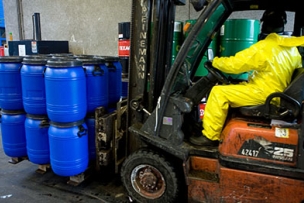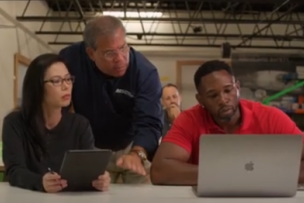Fluke Corporation is the world leader in the manufacture, distribution and service of electronic test tools and software. Founded in 1948, Fluke products empower the manufacturing and service industries with critical testing and troubleshooting capabilities. Fluke has been a trusted test tool partner, helping you and your team work safely with tools that meet or exceed the safety standards of the demanding environments you work in. Get the solutions you need to keep your world up and running with Fluke tools from MSC.
Whether at an industrial plant, in a commercial office, or residential home, frequent inspections of the building envelope and the environmental conditions inside are important for maintaining healthy and efficient buildings. Here are tips on how to monitor heat loss, moisture detection, indoor air quality, as well as the performance of heating and ventilation systems.
1. Locate moisture intrusion
Moisture intrudes through joints and cracks in roofs, ceilings and walls, and is trapped, resulting in structural rot and mold.
Regular moisture detection inspections with a thermal camera, inside and outside of structures, quickly locates areas of accumulated moisture. If mold is suspected, take temperature and humidity readings using a temperature humidity meter to determine whether suspected areas have fallen below dew point levels.
The Tools:
2. Monitor heat loss
Inspect the quality of insulation inside the building, as well as numerous other areas where heat loss can occur, such as cracks or breaks in building seals. Temperature scans inside and outside of structures—along ceilings, floors, walls, windows, doors, vents and pipes—immediately show you problem areas.
Use an infrared thermometer to scan walls, floors and ceilings and quickly determine whether room temperatures are equally balanced. If differences are found, use a thermal camera to quickly locate sources of heat loss, such as insufficient insulation or broken seals.
The Tools:
3. Measure indoor air quality
Actively monitor conditions that promote a healthy, productive environment and greatly reduce the number of occupant complaints. Measurements include air temperature, relative humidity, airborne particle concentrations, and levels of CO2 or carbon monoxide gases. For example, CO2, which is a byproduct of respiration, can indicate the rate of fresh air exchange into an indoor space.




